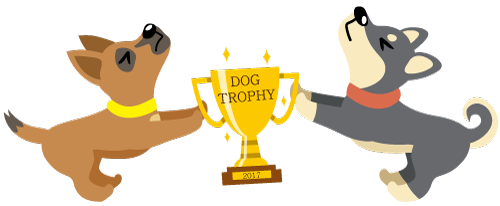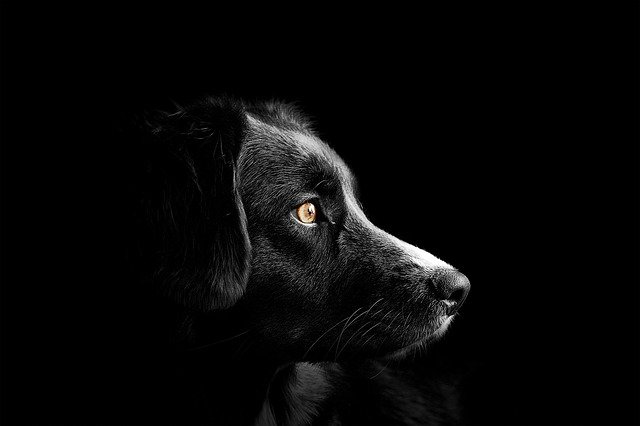Anxiety in dogs is a common occurrence in both younger and older dogs. Depending on the type of dog anxiety you can use various techniques to alleviate this negative emotion.
Types of Anxiety In Dogs
Anxiety in a dog is most commonly associated with separation anxiety. However, there are three types of anxiety in dogs.
Anxiety caused by the separation of a dog
It can occur in any breed of dog, and at any stage of life. Dogs are our pets that we spend a lot of time with. Is not it? We also consider them as family members. Dogs also connect with us and family members very much. When a family member with whom the dogs are related leaves the house or pet.
Social anxiety in a dog
Social anxiety in a dog occurs when the dog has been separated from human contact for a long time. Also sometimes dogs have not been exposed to human contact at all.
Anxiety caused by noise
Noise anxiety occurs as the name implies when the dog is exposed to intense noise. Most often, these are situations such as:
– Thunderstorm
– A celebration
– Fireworks
– Firecrackers
– A facility that produces high noise.
Exposure to high noise results in the creation of great fear and stress in the dog.
In just a few seconds you will see what causes the dog anxiety.
What Causes Dog Anxiety?
Anxiety affects all dog breeds and can lead to serious pest problems. There are a number of causes for anxiety, but they can all be reduced to the three most important sources.
Fear – refers to the anxiety caused by noise.
Separation – Most dogs cannot handle a separation. It manifests itself in destructive behavior such as barking, urinating around the house, and destroying furniture and things.
Aging – Older dogs can get Cognitive Dysfunction Syndrome (CDS), which is similar to Alzheimer’s disease in humans, resulting in pet anxiety.
Injury – Injuries cause pain, and pain can cause puppy anxiety.
Now let’s look at the symptoms of anxiety in dogs and what to watch out for.
What Are The Symptoms Of Anxiety In Dogs?
In order to be able to gently detect an anxiety problem, it is necessary to know what are the symptoms of anxiety in dogs. Do you agree?
If you look at the list of symptoms you will see that there are harmless ones, but I would definitely focus my attention on aggression which can result in unintended consequences.
– Destructive behavior like chewing and destroying things.
– Increased urination throughout the house.
– Aggressive behavior.
– Depression of a dog.
– Dog Stress.
– A panic attack.
– Shivering.
– Drooling.
– The barking.
– Restlessness.
So these pet behaviors are certainly not appropriate and you certainly don’t want to see them on your pet.
In just a few moments you will see how to help an anxious dog.
How To Help An Anxious Dog?
Experts say there are various ways you can help an anxious dog. However, these are more time-consuming methods so you will need to have a lot of patience.
Activities -such as playing, running, walking, and going to dog parks can help a lot and in most cases solve the problem.
Dog music – when the dog is left alone even the sound of radio or TV helps. Dog music that uses relaxing quiet music works even better.
Distraction – in stressful situations like fireworks, celebrations, firecrackers, etc. distraction is a very effective help technique. Give the dog commands like sit, lie down, etc. and reward him.
Dog Training – By training, you help your dog be more mentally stable. Just as training helps with the physical component, so does training with the mental component.
Avoidance – If you assume that a particular situation will cause anxiety in your pet, you can take the necessary steps to avoid it.
Medication – There are medicines you can use to help your dog. I definitely advise you to consult your veterinarian for more information on the various medicines on the market.
As a free and good technique that often works extremely well and is increasingly used around the world, I advise music therapy for the dog.
Conclusion
Anxiety in dogs is a common problem in all ages and breeds of dogs. So no puppy is spared from this very unpleasant emotion. The most dangerous symptom is aggression. Also, all other symptoms have consequences for the physical and mental health of the dog, so it is necessary to help the pet.





